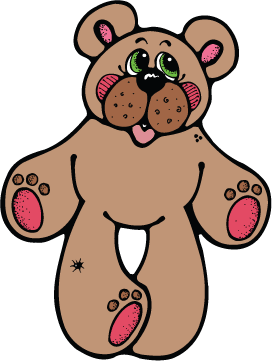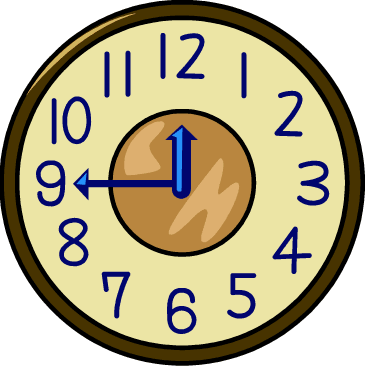ESL Baby Reading
There is an ESL baby reading comprehension passage and questions on this page that will let you practice using baby vocabulary when reading. When you read you can work at your own speed so it is a good way to start to use new vocabulary.

When you read there is no one else waiting for you, so you can work as slowly or as fast as you can. This means that you can stop and look up the meanings of words and that you can try to understand everything. This means that the ESL baby reading task on this page will help you get used to using the baby vocabulary. You should start to read the passage and then when you find a word you do not understand you should try to think about its meaning. You can also look up the word and learn its meaning. If you need any help with the baby vocabulary you can look at the ESL baby vocabulary page.
The ESL baby reading task on this page has a reading passage that you should try to understand fully and then some multiple choice questions about the passage. It is best if you try to read the passage first, then look at the questions and then look at the passage again to find the answers. When you have finished you can use the get score button to see how many you got correct.
ESL Baby Reading Comprehension Passage
A new baby
Every baby has a unique personality from the day it is born. There are books available, giving advice to first time parents, explaining how a baby develops physically. These books can be helpful but may also cause unnecessary anxiety if taken too literarily. All children develop differently. There are lots of well qualified paediatricians to advise if a baby does not seem to be growing as quickly as other babies of the same age.
During the first months of a baby’s life, some mothers try to create a daily routine, feeds given only at specific times. However, not all babies co-operate and mothers may find a 'feed on demand' system better. Very small babies need milk more frequently than larger children that manage to drink more milk at each feed. A happy baby usually sleeps in between feeds. However some small babies prefer human contact and want cuddling and holding.
From an early age they are aware of movement, shadows, noise, human voices and can focus on mobiles hung above their cots. As the weeks pass and development continues, facial expressions become noticeable. Parents love to see the first smiles. Arms and legs get stronger and little fists grasp small objects. The head is very vulnerable and needs support all the time when picking up and carrying a baby.
From birth some babies have a placid disposition. They wake up gurgling, smiling and make happy 'singing' sounds. Others wake up and attract attention by loud cries, distressful sounds and lots of tears. As soon as mother appears, the baby stops crying.
This is an exhausting time for parents, as they only manage to get a limited amount of sleep. Small infants can be very 'selective' and if picked up by someone, not their mother, they will not stop crying. Strangers, well meaning, just will not be able to comfort and reassure the infant, however hard they try.
Parents are advised to put mittens on a baby, even if the weather is warm, as inadvertently, babies can scratch their faces with sharp finger nails. It is also advisable to keep a young child away from direct sun light. The best place for the pram in the garden has to be carefully chosen. A net is a good object to have as it stops flies and other insects from landing on the babies face.
One of the many joys for the parents with a new born baby, is the amount of interest the child attracts and the joy it gives to friends and neighbours, even total strangers.
ESL Baby Reading Comprehension
Reading comprehension questions that go with the above reading passage.
Other Pages about Baby that You Might Like
ESL Baby Conversations
ESL Baby Listening
ESL Baby Vocabulary
ESL Baby Writing
ESL 4u home › Reading › Baby


|
|



New! Comments
Have your say about what you just read! Leave me a comment in the box below.